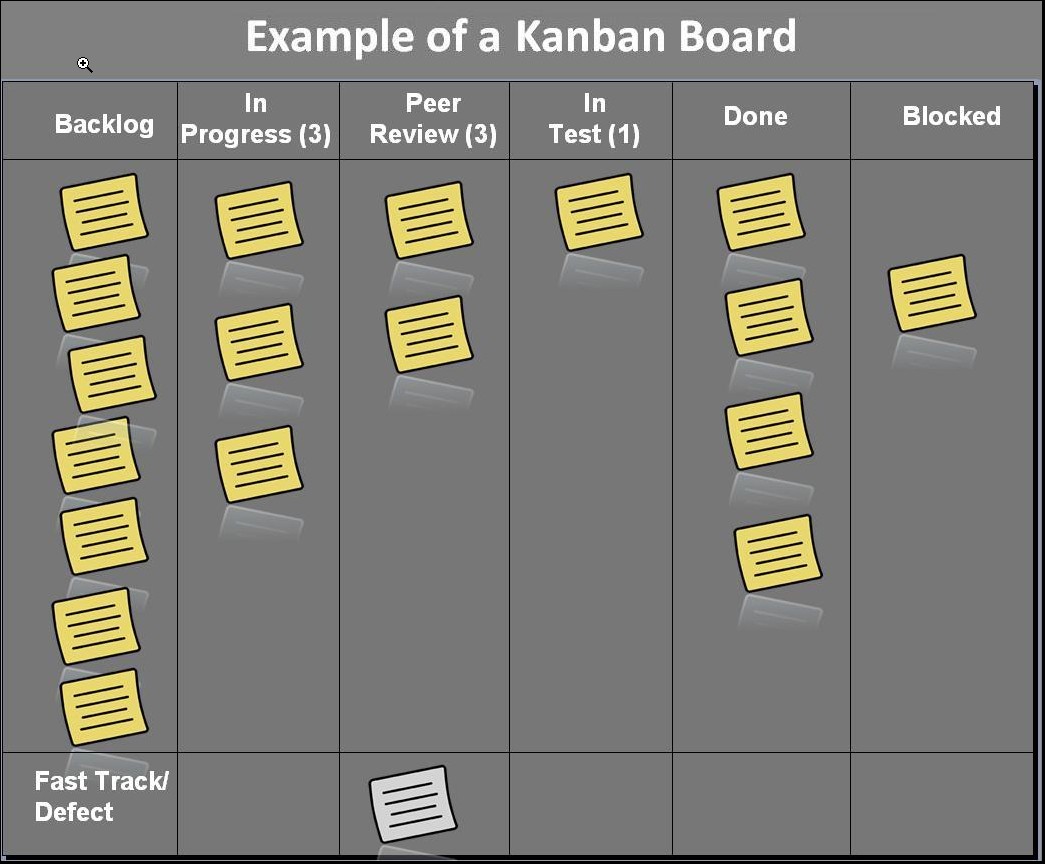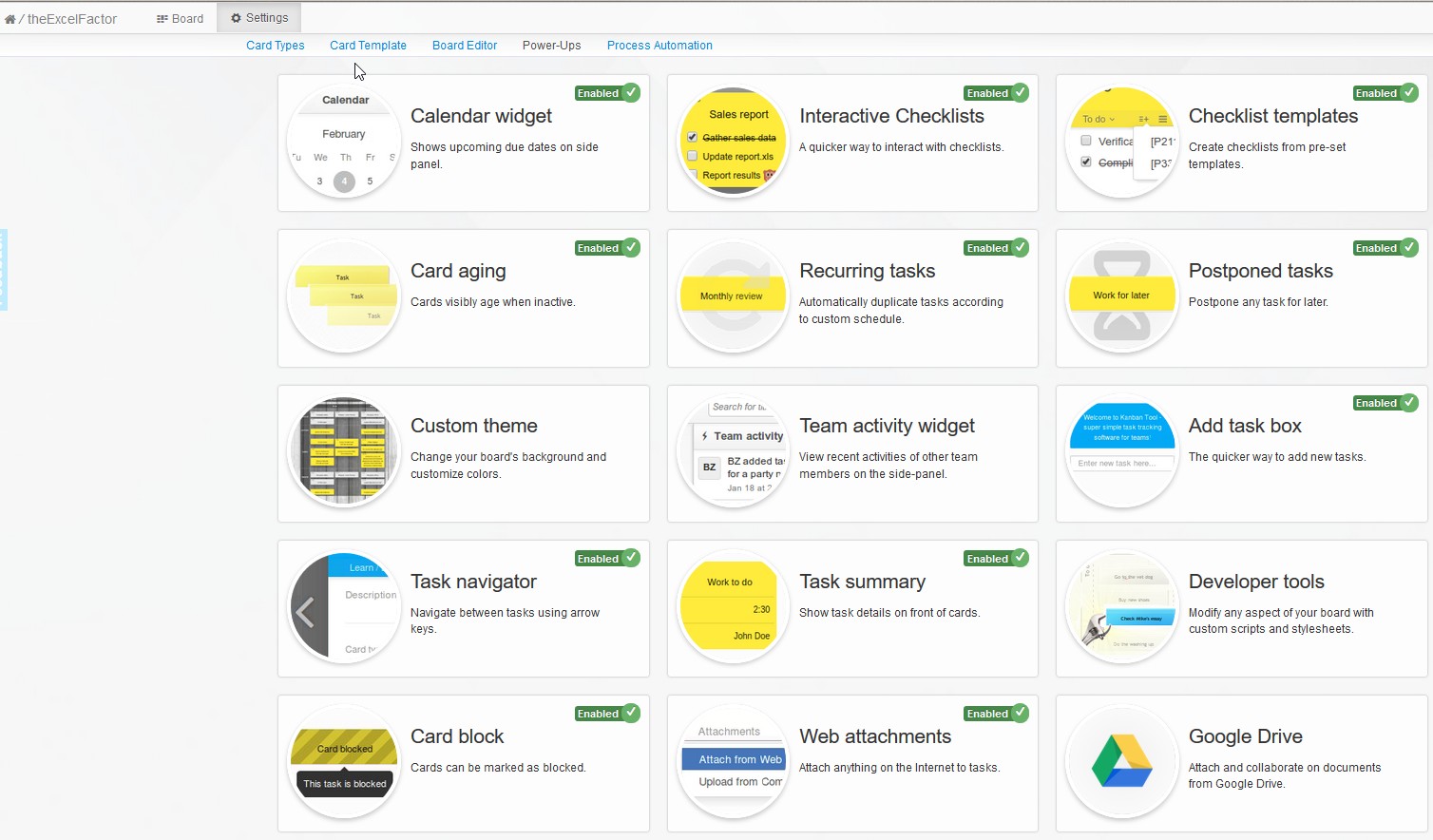This blog is about a really great tool I discovered to use for client Excel work, called Kanban Tool. For significant projects, like anyone else, I need to plan how I should develop a spreadsheet and keep track of all the major bits of information like tasks, sub tasks, emails, links, snippets of code, what should I error trap, client phone numbers you name it. As I progress with the project things pop up,or ideas pop into my head that I don’t want distracting me from what I am doing – but I want to capture it quickly somewhere for later on. In my case, my team is just me, but if you work in a team everyone should be able use these bits of information and have visibility of the plan.
I have tried many tools over the years, including Excel of course, but also OneNote, Mind mapping tools, ToDoist, Wunderlist, Trello which were all good in their own ways. Wunderlist is a great list app but the problem is lists of many tasks even if organised into Wunderlist’s folders feels like a burden. I discovered Kanban Tool when half way through a large multi month project for a construction company. I was getting a little unfocussed especially as there were gaps of several weeks in progress for various reasons. Plus for better efficiency I was looking for an effective place to make notes, copy snippets of code, keep phone numbers, URLs, email addresses or information within emails. I wondered if IT industry coders used a tool I hadn’t heard of and so did some research and many seem to like Trello which is a very well known Kanban Board style project manager. I tried it for a while didn’t hate it but stopped using it because for me it just didn’t feel like it was simple enough especially the cards themselves. Other people love it I’m sure so maybe I just didn’t get the advantages in my team of 1 person.
Backing up a bit why a Kanban style tool anyway? If you don’t know what a Kanban Board, Kanban as explained in Wikipedia is:
Kanban is a lean method to manage and improve work across human systems. This approach aims to manage work by balancing the demands with available capacity, and improving the handling of system level bottlenecks. Work items are visualized to give participants a view of progress and process, from start to finish usually via a Kanban board. Work is pulled as capacity permits, rather than work being pushed into the process when requested.
This Wikipedia post acknowledges David Anderson’s 2010 book, Kanban, and Toyota’s use of this management method. Basically cards (or sticky notes) for tasks of a project or production batch progress through a process with columns representing each major stage of the process flow giving team members good visibility of the project or process at all times. Here is simple example with 6 columns in the 2 x processes called ‘swim lanes’ – a swim lane being for each process.
 The cards are re-ordered depending on hold ups or changing priorities. Or new more urgent tasks get slotted in.
The cards are re-ordered depending on hold ups or changing priorities. Or new more urgent tasks get slotted in.
Putting this example aside for me, the simpler and yet surprisingly useful flow for many things we do in our working lives from left to right is:
1) To Be Scheduled 2) To Do 3) WIP 4) Waiting on Someone Else 5) Done
with the To Do column representing tasks you can realistically do within the hours you or your team have in the day i.e. your capacity. Some people might not bother with the WIP column and just use To Do for tasks being worked on. Whatever, it’s your tool. And if your work process involves needing more columns OK great you can but you wouldn’t want to lose the ability to see the process easily. If the task becomes delayed, you and your team can see where it’s delayed and can re-order priorities as the day unfolds. Having a tool that shows a team the process they work in clearly makes a lot of sense to me and helps with deciding what to work on next and within today better than a list of tasks which also can become long and energy sapping.
So what I really like about the Kanban Tool is not only does it let you work within this Kanban philosophy, but it has a simplicity and a high degree of configuration. You can configure the view beautifully using collapse / open toggles to let you focus on say one project (in a swim lane) and say just the To Do column. Each task card can contain the various info I mentioned before as well as sub tasks and many fields including your estimated time of completion. Also Kanban Tool uses this estimated time field so that each To Do column tells you how much in estimated time you have ahead of you for cards moved to this column. Obviously you have to reschedule what you don’t have the capacity to do and see if you need to take other actions like tell someone you can’t meet the promised delivery date, postpone meetings, manage expectations of others, delegate, defer something less important, order pizza for a late one and so on. Boy did I need that back when I was working in the corporate world! That just makes organising your working day so rational. If you have more estimated task time than hours in the day then I think this tool forces you to manage that situation there and then and not leave it as though it will magically be ok.
You can have many swim lanes per board – for me my projects can fit into one swim lane as I am not developing major applications – someone else may need to have a board per project and swim lane for each major project component. So I can collapse all other swim lanes and focus on one project and also collapse all columns except my To Do and WIP columns and happily focus on what is to be done right now today on this project. I really like this about Kanban Tool which I couldn’t do with Trello. I


I have talked about projects but there are so many ways you could use this tool – maybe for your VBA code snippets you could have a board that has a card for each code snippet (which can have tags) and swim lanes for major areas like Workbooks, Worksheets, Ranges, Tables, Pivot Tables, Charts and so on.
So I think Kanban Tool is a wonderful tool for my work and I just find it fun to use. It might be worth checking out if you are struggling to find focus on moving projects forward and keeping track of all the details, changes and ideas you encounter along the way. Trialing is free of course and the on going cost per month after this is pretty reasonable. Note it’s an on-line tool so there is no off-line desktop version. I also still use Wunderlist as a list app and still find it great for bills or one off tasks and reminders.
